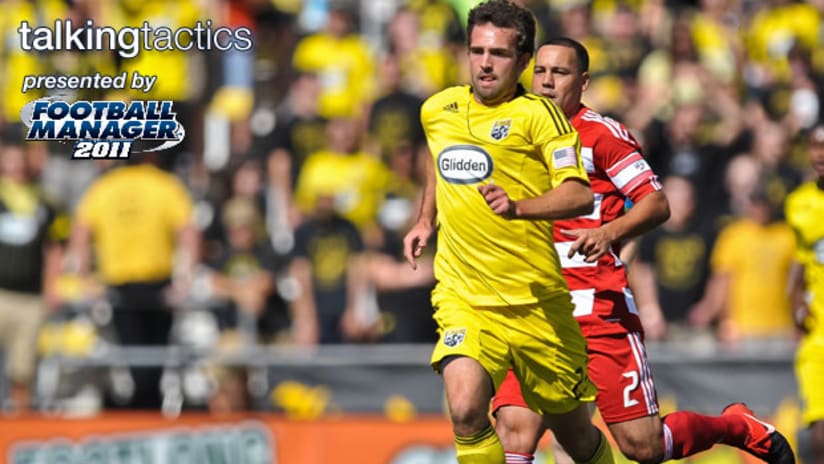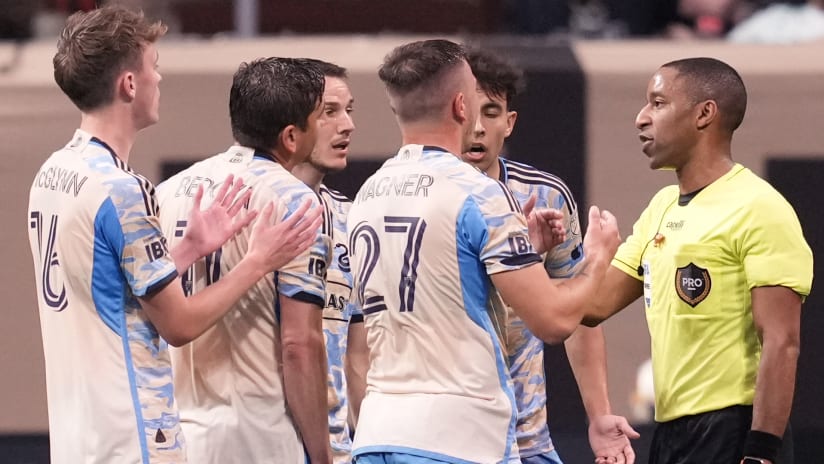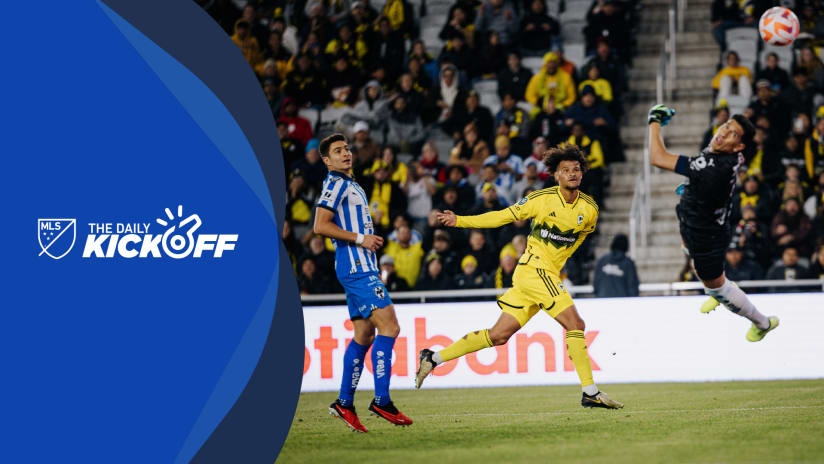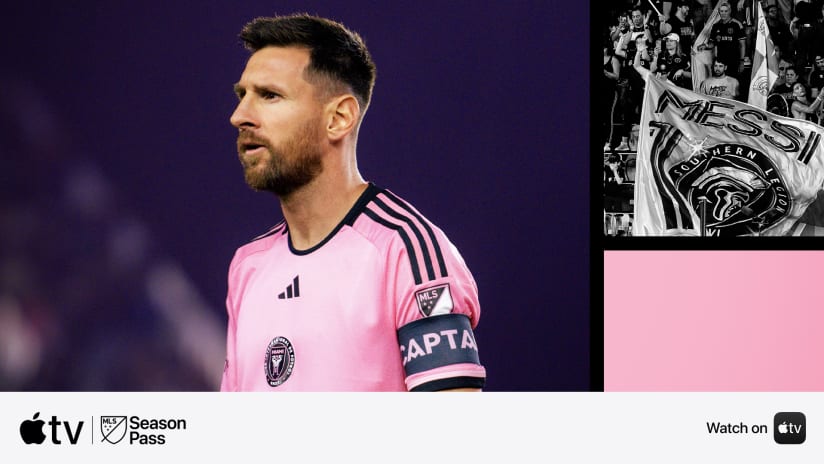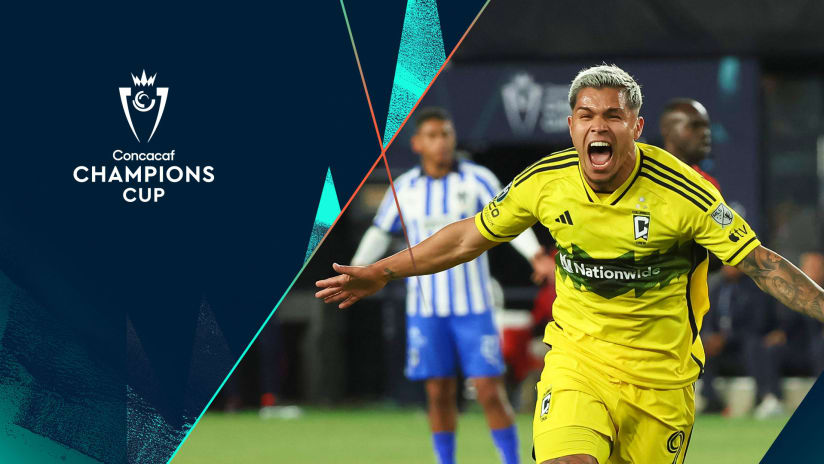Midfielders were all the rage as Major League Soccer’s newest entries, Nos. 2 and 3 in a Pacific Northwest that’s suddenly brimming with MLS mojo, stocked their rosters Wednesday.
Management for the Vancouver Whitecaps and Portland Timbers followed disparate drafting models during Wednesday’s proceedings. But each side clearly felt that midfield represented the strength of the expansion lists, which were made available to the clubs on Monday.
Vancouver were more intent on getting players who could help right away, similar to the way Seattle did it two years ago and less as Philadelphia did one year back. During the 2009 expansion draft, Philadelphia coach Peter Nowak leaned toward a mix of young guns, potential starters and complementary pieces.
[inline_node:321214]That probably describes the Portland method on Wednesday as manager John Spencer chose two strong players to build around—then immediately dealt one of them away—before turning to role players who can challenge for spots and provide depth.
Which way is the better way forward? Hard to say over the long run. Seattle have made the playoffs two years running but they have yet to claim a postseason series. Philadelphia didn’t make the playoffs but their roster still bristles with promising youngsters. So the proof will be in the tasting of the pudding at PPL Park.
Vancouver picked five midfielders, assembling a midfield that could absolutely start tomorrow in MLS—while still having one quality midfield sub to bring off the bench.

How’s this for a starting midfield? Sanna Nyassi to provide speed on one side, Atiba Harris to provide bite on the other side. Nathan Sturgis to sit deep in the middle and feisty two-way man John Thorrington to play a little higher. Or, Thorrington could play more defensively; he manned both roles with equal comfort a year ago at Toyota Park before running into so much injury trouble last year with Chicago. Then, Shea Salinas, who has had a few moments of attacking brilliance already during his young MLS career, could come off the bench to add some late fuel to the attacking fire.
And there is versatility among that group. Sturgis can also play in defense. Harris played occasionally as a striker for FC Dallas (including a starting assignment there at MLS Cup).
Vancouver’s plan for selections at forward was a little more difficult to dissect. The picks seemed to indicate a series of individual preferences rather than a collective strategy. O’Brian White and Alan Gordon have struggled to establish themselves as starters in MLS. Meanwhile, Alejandro Moreno goes far to the other side of the experience continuum, having been an MLS starter since 2003. At age 31 there are already a lot of miles on the tire, so to speak. How much does Moreno have left given the significant wear and tear?
Clearly, the Whitecaps want to play with a target forward, whether it’s Gordon or Moreno or someone yet untapped.
Dax McCarty is easily the gem of the class; it’s certainly no surprise that he was the first named called Wednesday by Portland, who picked four midfielders. Part of the reason McCarty was left unprotected in Dallas is that is something of a ‘tweener, not exactly an attacking midfielder and not really big enough to be a defensive screener. Or, you could turn that around and say he’s a perfect two-way man if the Timbers want to play with a straight-line, four-man midfield.
As a trusty linking man between FCD’s holding midfielder and its creator, McCarty may have been Dallas’ best man on the field last Sunday on Toronto.
Not that Portland fans will see McCarty manning the middle on a regular. The Timbers traded him away to D.C. just hours after the draft, in exchange for defender Rodney Wallace.
[inline_node:302674]But they will see another tough-nosed two-way man, Adam Moffat, who was a big part of Columbus’ championship run two years back. Behind them Eric Brunner had a solid season in Columbus, starting 13 games despite being stuck behind exceptional U.S. international Chad Marshall and highly regarded up-and-comer Andy Iro.
Speaking of being stuck: RSL coaches liked young center back David Horst, but he was going nowhere fast with Jamison Olave and Nat Borchers sitting in front of him in the center back order. Horst and Brunner wouldn’t be the top center back combo in MLS, but it might not be bad at all.
Elsewhere, Spencer selected men who certainly could start in MLS, but who haven’t exactly found their places yet. Arturo Alvarez is an attacking dynamo out of the midfield, although his managers often are frustrated by his defensive liabilities and desire to dribble rather than to keep the ball moving.
And there was a little more gambling from Portland’s side than from Vancouver’s. That’s because two of the picks may not be around for the start of Major League Soccer’s 16th season. Robbie Findley, the U.S. international, wants to test the international market, so the Timbers will have to live through the “Will he or won’t he?” suspense. Meanwhile, Jonathan Bornstein is already set to join Mexican club Tigres in January. Should Bornstein ever return stateside he would immediately return to the top of the stack of MLS left backs. And since Portland maintain his rights indefinitely, he would be making those signature runs forward at PGE Park. Not a bad ace to have up your sleeve.

